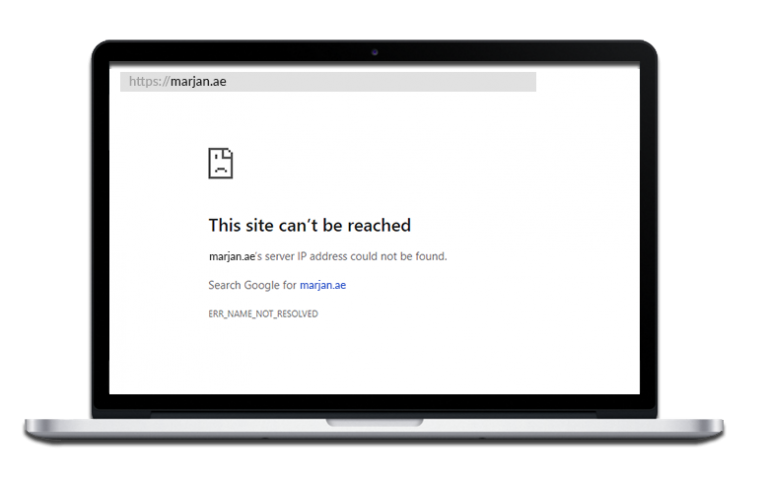
Volume 2: 101domain presents Dispute Resolution Policies for ccTLDs
A dispute can be filed for generic top-level domains (“gTLDs”) as well as some country code top-level domains (“ccTLDs”) – but what are the differences?
If a ccTLD is infringing on your Trademark or is being used for cybersquatting, a different set of rules and policies from ICANN’s Uniform Domain Name Dispute Resolution Policy (“UDRP”) may apply.
ccTLD Registry operators are permitted to establish their own rules and policies for governing domain name registrations and domain name dispute resolution.
ccTLD Registry operators can either…
Option 1
Accept the entire UDRP or parts of the UDRP
Option 2
Enact their own dispute resolution policy
Option 3
Refer all disputes to the court system and offer no dispute resolution policy
It is up to a Complainant to determine how the variances in a policy may affect their chances of success when pursuing dispute resolution. 101domain does not provide legal advice, but our years of experience contribute a wealth of knowledge on domain name dispute affairs and processes.
Many ccTLDs have adopted the UDRP as their dispute resolution policy, including extensions such as .AI (Anguilla) and .LA (Laos).
Customers are not only using ccTLDs to represent the country in which the extension originated, but some have found other creative purposes. For example, companies in Silicon Valley have adopted the .AI domain for “Artificial Intelligence” along with the .LA domainrepresenting the city of Los Angeles, California and the State of Louisiana.

The United Arab Emirates .AE domain has a dispute resolution policy which is a variation of the UDRP and only requires the Complainant to prove either registration or use of the domain is in bad faith. This differs from the UDRP which requires the Complainant to prove both elements in a complaint.
Similarly, another ccTLD, .BR domain (Brazil), has adopted a dispute resolution policy which is a variation of the UDRP called “SACI-ADM.”
In contrast to ccTLDs which follow the UDRP or a variation of the UDRP, the ccTLD .CN domain (People’s Republic of China) did not adopt the UDRP and has created their own dispute resolution policy, “CNNIC ccTLD Dispute Resolution Policy.”
A significant difference between the UDRP and CNNIC’s ccTLD Dispute Resolution Policy is that the statute of limitations for filing a complaint for a .CN domain runs out when that domain has been registered for more than two years.
There are numerous ways to dispute an abusive ccTLD domain registration which infringes upon a trademark or is being used for cybersquatting or other nefarious purpose. Not all cases of trademark infringement will require you to have a trademark registration in the country of the domain.
A Complainant must have the expertise and knowledge to understand which Dispute Resolution Policy governs the ccTLD domain registration.
What are examples of international cases?
In the case eBay Inc. v. Danubia Coelho Machado, the ccTLD “EBAYBRAZIL.COM.BR” is governed by the dispute resolution policy, “SACI-ADM.”
How the SACI-ADM dispute resolution policy differs from a UDRP
Under .BR policy, a Complainant may have rights if they have:
- A Trademark application filed in Brazil before the registration of the domain
- A Trademark not registered or applied for in Brazil but considered a notorious Trademark in its field of activity
- A universally known trade name, company name, or civil name
Complainant is given more options to prove the first condition, “The domain name is identical or confusingly similar to a Trademark or service mark in which the Complainant has rights.”
Complainant is not required to provide evidence to prove the second condition, “The Respondent has no rights or legitimate interests in respect of the domain name.” However, the Respondent may use this argument in the defense of the disputed domain name.
Complainant is only required to provide evidence that the registration OR use of the domain is in bad faith. In comparison to a UDRP, the Complainant is required to prove BOTH elements of the third condition, “The domain name was registered AND is being used in bad faith.”
How did eBAY meet the conditions?
The Complainant met the first condition by providing evidence that eBay Inc. has registered Trademarks in countries around the world, including Brazil.
“Complainant must prove the domain name is identical or confusingly similar to a Trademark or service mark in which the Complainant has rights.”
The second condition does not need to be met in a “SACI-ADM” complaint. Complainant did not provide evidence of Respondent having no rights or legitimate interests in the domain and Respondent did not file a defense for this case.
“The Respondent has no rights or legitimate interests in respect of the domain name.”
The third condition was met by the Complainant providing evidence that Respondent has reproduced Complainant’s brand and logo without permission from Complainant.
Although Complainant chose to provide evidence of the domain name being both registered and used in bad faith, the “SACI-ADM” dispute resolution policy only requires the Complainant to prove one of the two elements.
“The Complainant must prove the domain name was registered and is being used in bad faith.”
To view this case, please visit WIPO.
Al Marjan Island LLC v. Ashraf Khan
In another recent case…
The Complainant asserts that Al Marjan Islands project was launched in 2007, the Trademark “MARJAN” has been promoted since 2013, and the project took place in the United Arab Emirates where Respondent seems to be located.
Furthermore, Complainant provided evidence that the domain is resolving to a website that is expired.

Although Complainant provided evidence that the domain was registered in bad faith, they did not prove the domain is being used in bad faith.
Since this variation of the UDRP does not require the domain to be registered and used in bad faith, the Complainant proved all elements of the ccTLD variation of the UDRP.
The decision was published that MARJAN.AE be transferred to Complainant.
To view this case, please visit WIPO.

Your cornerstone to an effective domain name and brand management strategy.
You’ve built your business and your brand.
Now how do you secure and protect it?
101domain is here to help you understand and navigate through domain dispute resolution processes that protect you as a Trademark holder. We will advise you on how to proceed, depending on your unique situation. Instead of paying hourly fees, we offer a flat rate for UDRP.
As the industry leader with the largest number of ccTLDs, UDRP and dispute resolution services are a cornerstone of our extensive Domain Name Management and Brand Enforcement Services. Save by moving into one of our corporate managed plans that include multiple UDRP/URS filings and other benefits.
Recover what is rightfully yours, no matter the situation.
Contact Us: +1.888.982.7940 | [email protected]
We created this helpful comparison chart to help better understand everything you need to know about Dispute Resolution Policies and our Corporate Brand Services.
Click Here to download the comparison chart.



